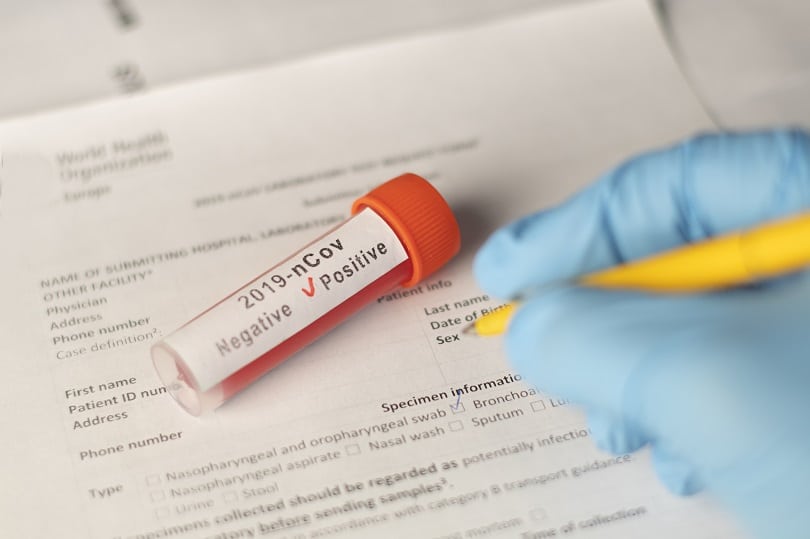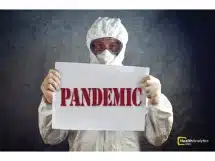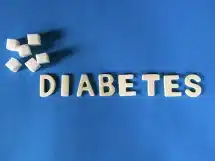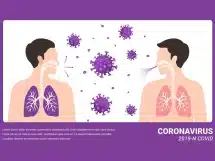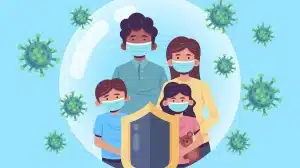Every time I coughed, I checked my oximeter – which unwaveringly showed 98 or 99. My fever had come down substantially to under 100°F by the third day. But I was waiting for the dreaded seventh day.
By Varadarajan Ananthakrishnan
Since the pandemic began, I kept track of the numbers with a lot of worries. The disease was, indeed, disturbing and scary. My social media timelines and newsfeed were flooded with some of the worst cases of COVID-19, including people dying in isolation with their families bidding them a final goodbye from afar. All through the first six months, I was a curious bystander to all that was happening with people who were infected – sometimes feeling compassionate, sometimes helpless, and at all times relieved that I have been spared.
Since March, I had sweet lime juice and lemon juice every day, as they were rich in Vitamin C, and I thought that would help me fight off the virus. Reading that zinc supplements fortify one’s immunity, I had chewable zinc tablets daily. Clearly, I had myself covered. Or so I thought.
In September, heading to a weekend, I was feeling a bit fatigued. I put that to probable work stress. On Friday that week, I checked my temperature just to see if everything was good. It was 100.5°F. I am not the one to fall ill frequently or even have regular sniffles. I reached out for paracetamol and went to sleep. The fever had subsided. But the nagging worry remained.
As a first step, I isolated myself from the rest of the family, just to be safe. My temperature thereafter kept swinging from under 100°F to over 101°F. I consulted my doctor who advised an RT-PCR test. “Unlikely you have COVID-19, but it’s best to get checked,” she said.
The 24-hour period that you wait for the test result can be excruciating, and make you extremely anxious. The next day, I got the dreaded result. I had tested positive. I was numbed. I had not stepped out for the longest time, washed my hands as though I had an OCD – how did I get infected then? After wallowing in self-pity for a bit, I took charge and booked an online consultation with a doctor who prescribed me medicines and tests after a few days.
And then the mind games began. I searched for “How long does it take for a mildly symptomatic patient to recover completely?” and ran into a BBC article saying that there were many mildly symptomatic cases who sharply deteriorated on the seventh day and had needed a ventilator at the hospital.
Thereafter, every time I coughed, I checked my oximeter – which unwaveringly showed 98 or 99. My fever had come down substantially to under 100°F by the third day. But I was waiting for the dreaded seventh day – so much so I couldn’t sleep the previous night. Thankfully, I stayed alright through the 10 days.
The administration was not of much help. Putting a poster outside one’s home adds to the stigma. Regular vendors stopped visiting us. Medicines were thrown into our ground floor balcony by the delivery boy who won’t come near our house. Garbage pick up stopped and was reduced to twice a week. The stigma that this infection brings along is heartbreaking.
This virus has a lot to do with the mind. Your anxiety levels are so high, and you keep imagining the worst scenario. Staying in isolation is the worst thing that can happen to you. Not seeing your loved ones, who are just beyond the door can be exasperating. Meditation helped, and in these times of isolation, you do get a sense of perspective of life. I started to appreciate what I have, instead of being unhappy about what I didn’t have.
After recovery, I paid gratitude to the dreaded virus that spared me and my family with mild, manageable symptoms. A little bit of gratitude is always good.
Stay safe, people. And stay strong.



